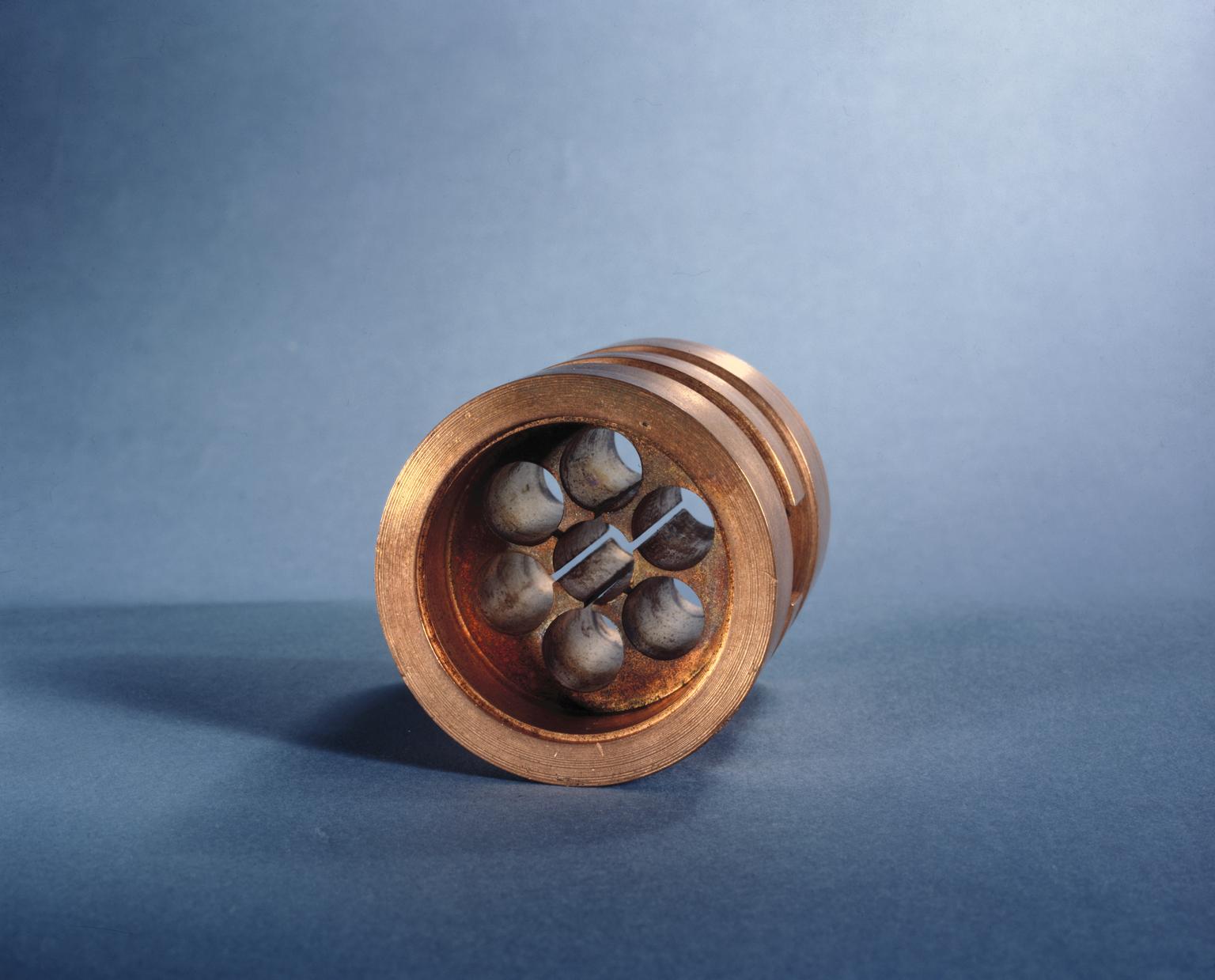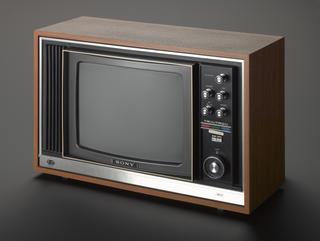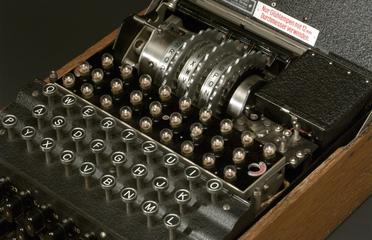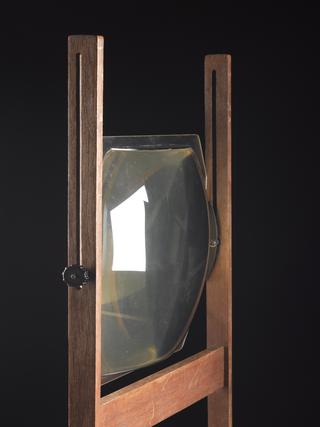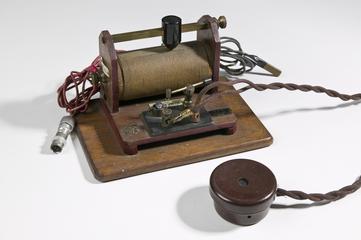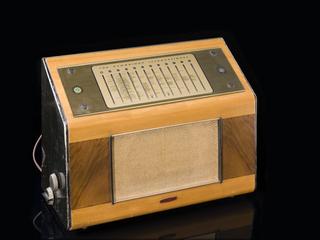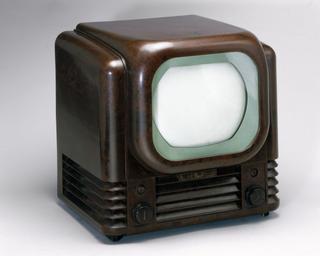
Original cavity magnetron
- Made:
- 1940
- maker:
- John Turton Randall and Henry Boot








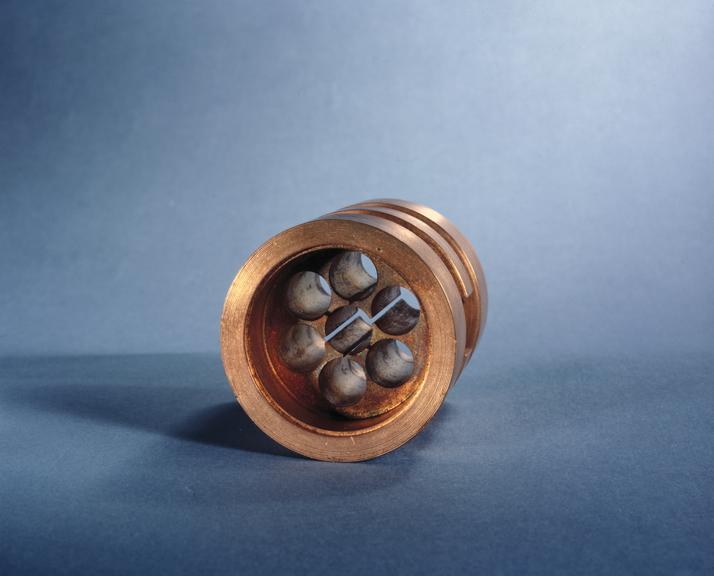






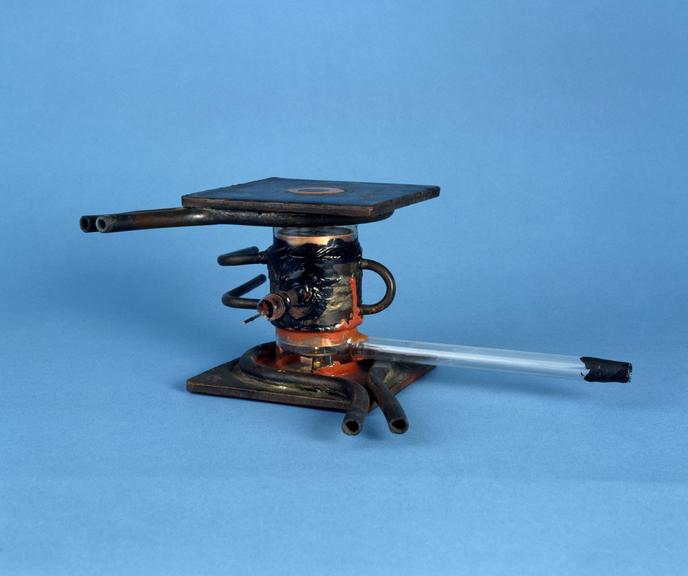
Original cavity magnetron, developed by John Randall and Henry Boot in 1940, with spare anode block.
This is the original magnetron, which made it possible to build radar sets small enough to fit into aircraft. The earliest radar was ground-based, employing massive 100 metre masts in the celebrated 'Chain Home' system, which helped win the Battle of Britain. But, to counter submarines and night bombers, radar had to be miniaturised to be carried on aircraft. John Randall and Harry Boot's cavity magnetron was the first practical device for producing the ultra-short radio waves at adequate power to enable the system to work. Magnetrons later formed the heart of microwave ovens.
Details
- Category:
- Radio Communication
- Object Number:
- 1946-107
- Measurements:
-
overall: 260 mm x 260 mm x 180 mm,
- type:
- cavity magnetron
- credit:
- Professor Randall and Dr. Boot
